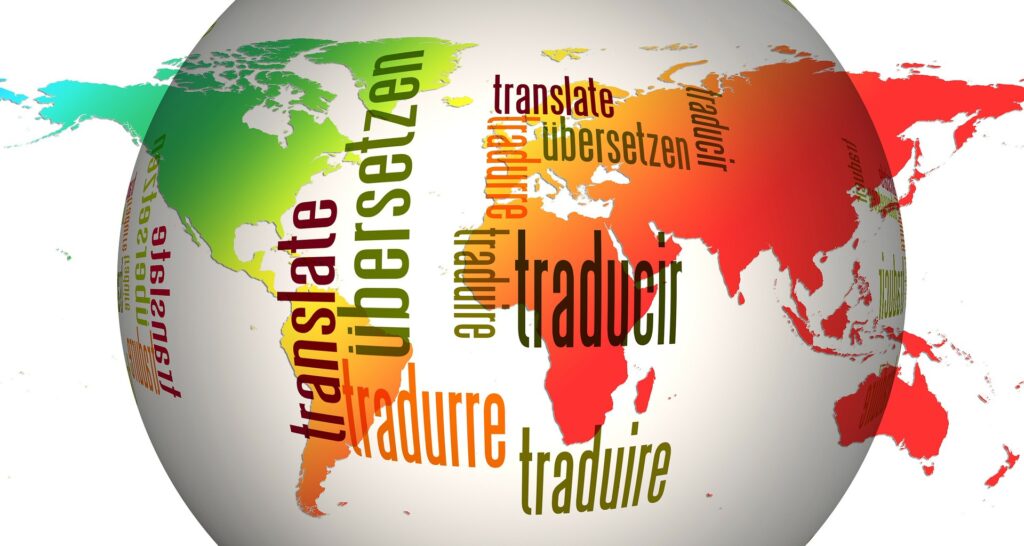6 Tips for Writing English for a Global Audience

Given that more people speak English as a second language than as a first, it’s essential to craft clear, compelling English copy for global audiences. What’s more, internationally optimized English is a key step in preparing texts for translation and preventing errors down the road.
When to Choose Machine Translation vs. a Professional Translator

Let’s go over everything you need to know about machine translation vs. a professional English-Swedish translator, so you can make the right decision for your translation needs.
How to Market to Swedish Users With Digital Marketing
It’s important to ensure translated Swedish materials aren’t just high-quality, but also digital-ready. Swedish customers today expect brand interactions that are user-oriented, keyword-optimized, and transparent.
Is It Worth Hiring a Pro Swedish Translator?
Marketing to Sweden Crafting compelling marketing copy is a must for swaying potential customers. As companies work to persuade audiences in new regions, they will require professional marketing translation to achieve a high impact. Word-for-word translation just doesn’t cut it for marketing copy. To achieve effective Swedish translation of marketing materials, professionals must have a […]
4 Steps For Translating Your Website From English to Swedish
It only takes 0.05 seconds for users to get a first impression of your website. As you launch into the Swedish market, you’ll need flawless website translation to impress potential customers from the very first second – literally. For your Swedish website launch to succeed, users must begin their customer journey in their native language. […]
The Role of Translation in International Marketing
As the owner of a global business, you’re always looking for ways to increase your ROI and expand your reach. A lot of the time, this means adjusting your operations. But what if I told you expanding your language offerings could have an even more drastic impact on your success in overseas markets? Would you […]
What Is a Certified Translator, and Does It Matter?
You’d think finding a translator would be easy. You head over to Google and type something like “English to Swedish translator.” Then, you’d pick somebody whose site landed in the top three. But you’ll quickly find it’s not that simple. Finding a competent, professional translator that meets your needs feels more like wading through the […]
14 Common Translation Pitfalls
We all know the horror stories that come from “hiring” Google Translate to do your translations or relying on low cost firms to get the job done. That could be why Pepsi once became a tool of necromancy in China and Schwepps advertised itself as “toilet water” in Italy. Such mistakes can frighten off thousands […]
10 SEO Tips for Web Localization for Global Markets
Entering a market with different language requirements necessitates a well-developed SEO strategy designed to fully exploit market opportunities. A 2014 study by the Common Sense Advisory, 85.3-percent of respondents the availability of pre-purchase information in their own language as a critical factor when it comes to buying items or services. Regardless of if you call […]
6 Fundamental Tips for Website Localization to Reach Global Markets
Successful web localization efforts require careful planning and execution. If done correctly, your investment will result in a notable ROI and boost your organization’s global image. In this piece, we’ll look at six fundamental website localization tips that make it easier for both you and your chosen translator to get the job done: 1. GET […]

